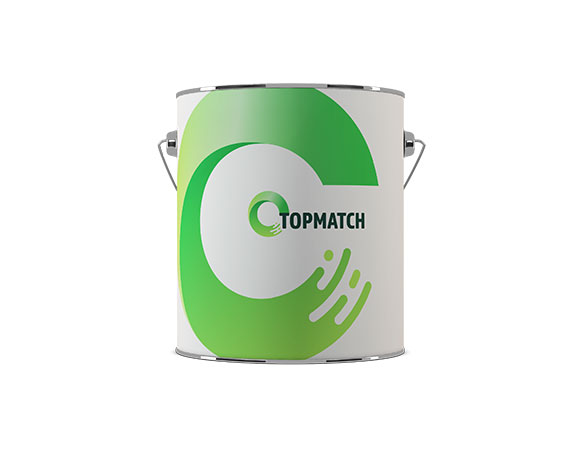Technical specifications:
1. Status in a container–No hard blocks after mixing
2. Brushability–No impact on the substrate because of no brushing marks after brushing
3. Color and appearance of the paint film–Flat, smooth and compliant with the standard board
4. Fineness (μm) (≤) –40
5. Drying schedule–
Touch dry (h) (≤) :2
Hard dry (h) (≤):12
6. Pencil hardness (≥)–HB
7. Viscosity (25℃ TU-4#) (≥)–200
8. Flexibility (mm) –1
9. Adhesion (circle-cut method) (level) (≤)–2
10. Solids (%)(≥)–40
11. Water resistance (24h)–No bubbling or peeling
12. Wear resistance (g) (≤)–0.040
13. Scrub resistance (times) (≥)–10000
1. Application temperature: 0℃~40℃
If the temperature is too high or low, do not apply the paint.
2. The different temperatures in summer and winter influence the drying of acrylic road paint. So, consider the season of application first when purchasing an acrylic road paint to avoid influence on adhesion and other properties of the paint film. After a can is opened, thoroughly mix the paint in it. Apply thinner if necessary. If the paint has long been stored before purchased, its pigments may have sedimentation and hardness. This is normal. In this case, make the can upside down for two to three days before application, in a bid to make the pigments fall down naturally to make the later mixing easy.
3. Before application, a newly paved cement floor should have a drying period of 50 days to avoid discoloration and peeling of the paint film due to alkali efflorescence after application.
4. Brush with coir brushes or special small coating machines till the expected effect. If a cement floor has many defects such as unevenness, it would be best to brush one to two layers (interval: 5 minutes) to fully show the paint color. When the paint is brushed on a normal road, make the paint film thickness larger than 100 µm as much as possible and do not add too much solvent because it may result in a poor application quality.
5. During application, keep the road clean and dry. Stop the application at once upon fog, rain, snow, ice or high humidity to avoid problems such as paint film peeling and poor wear resistance or durability. For an asphalt road, do a trial brushing before formal application; in the case of bleeding, cover the asphalt with acrylate varnish and construct till the acrylate varnish has completely dried.
6. The product has a density of 1.8 g/ml to 2.2 g/ml. Its reference consumption for cement roads is 500-700 g per square meters on each layer; its dry paint film thickness is about 80µm to 100µm; the ratio between base and thinner is 1: 0.2 ~0.3.

